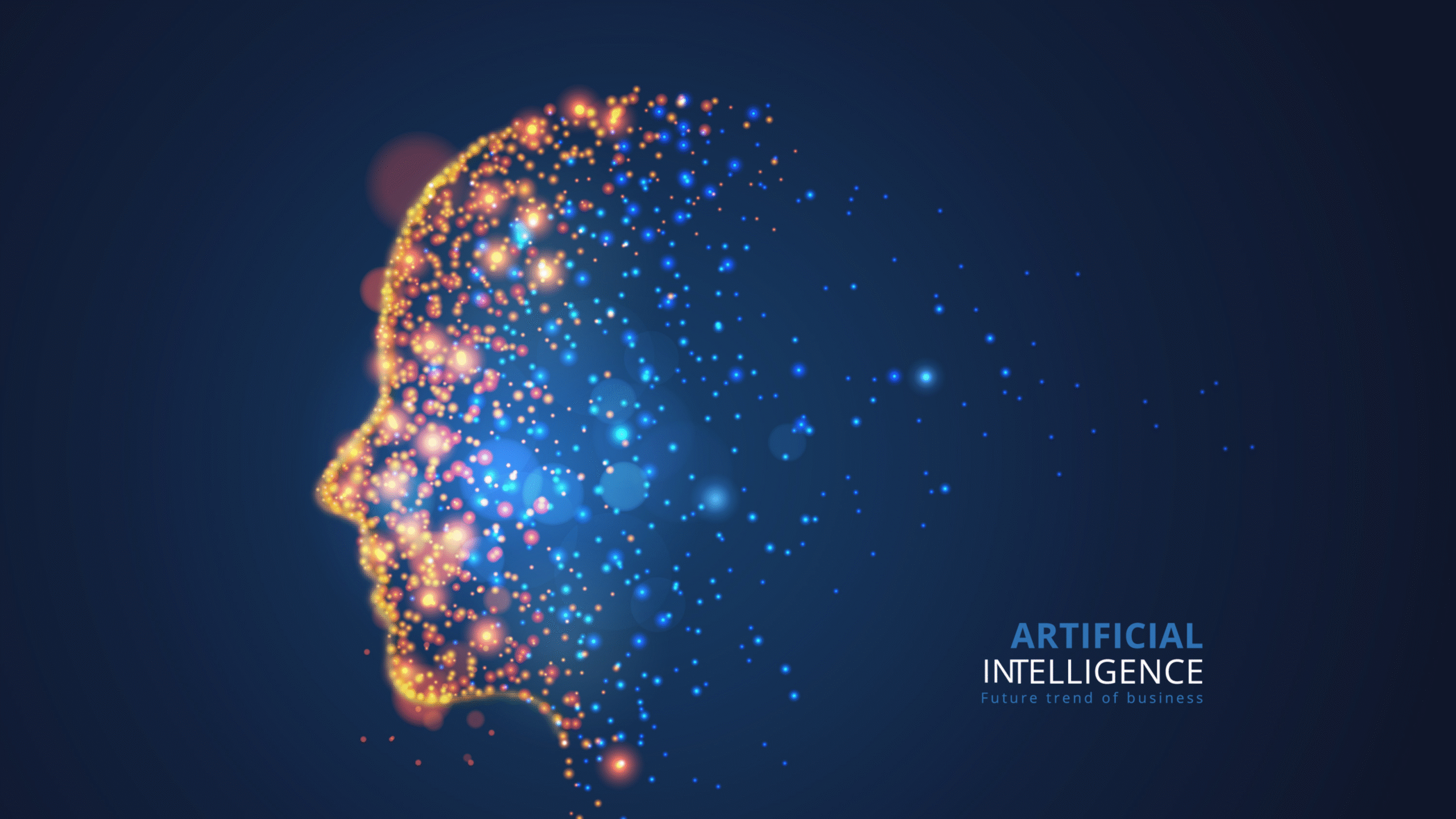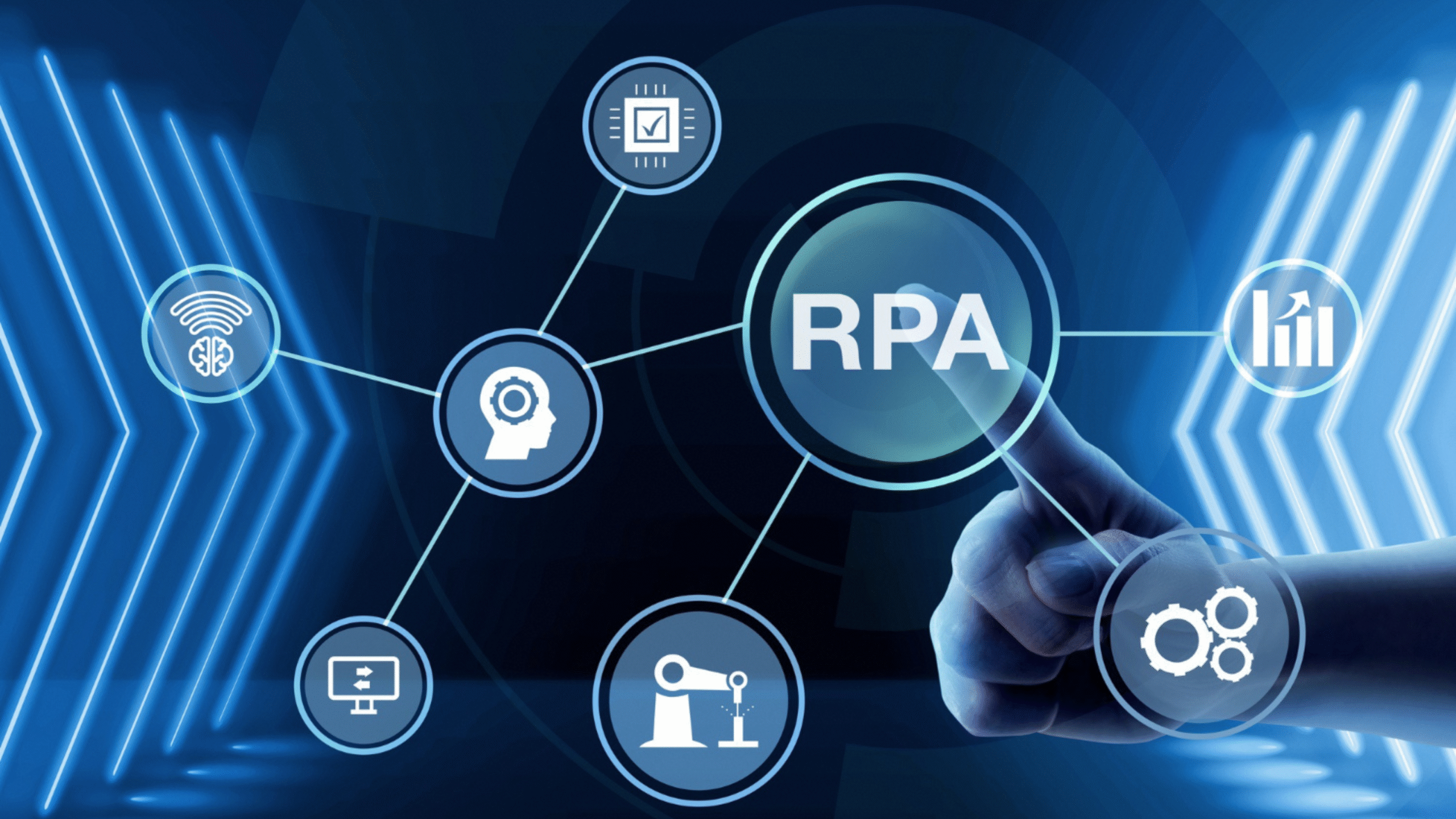Generative AI, powered by advanced machine learning models like GPT, has emerged as a revolutionary force in the realm of content creation. By leveraging massive datasets and state-of-the-art algorithms, it’s reshaping how businesses and creatives produce, manage, and distribute content across industries. Here’s a closer look at how this technology is driving transformation.
Personalized Marketing at Scale
In marketing, personalization is key to customer engagement. Generative AI enables brands to create tailored messages, advertisements, and email campaigns with unprecedented efficiency. By analyzing user behavior and preferences, AI can generate content that resonates on an individual level, boosting conversion rates and customer satisfaction. For example, e-commerce platforms are using AI to write product descriptions and craft targeted ads that align with consumer interests.
Accelerating Media and Entertainment Production
Media and entertainment industries are leveraging generative AI to streamline content production processes. From drafting articles and creating scripts to composing music, AI significantly reduces the time and effort involved in creative tasks. In filmmaking, generative AI tools assist in storyboarding and designing visual effects, enabling creators to bring their ideas to life more efficiently and affordably.
Enhancing Educational Content
Educational institutions and e-learning platforms are utilizing generative AI to produce dynamic and engaging learning materials. AI can generate practice questions, summarize textbooks, and create interactive simulations. This adaptability ensures that learners receive personalized educational experiences, catering to diverse learning styles and needs.
Transforming Journalism and Publishing
In publishing, generative AI is helping authors and journalists by automating mundane tasks such as drafting summaries, generating headlines, and even producing entire articles. News organizations are leveraging AI to report on events in real-time, ensuring faster dissemination of information while human journalists focus on in-depth analysis.
Transforming Internal Corporate Communications
Businesses are adopting generative AI to streamline internal communications. From drafting policy documents to creating training materials, AI reduces the workload for HR and operations teams. It’s also enabling the creation of multilingual content, ensuring consistent communication across global teams. Challenges and Opportunities
Optimizing Corporate Communications
Businesses are adopting generative AI to streamline internal communications. From drafting policy documents to creating training materials, AI reduces the workload for HR and operations teams. It’s also enabling the creation of multilingual content, ensuring consistent communication across global teams. Challenges and Opportunities
Navigating Challenges and Opportunities
Despite its transformative potential, generative AI poses challenges. Ethical issues, such as biases in AI-generated content and concerns about intellectual property, need careful consideration. Moreover, it’s crucial for businesses to balance AI efficiency with human creativity to maintain authenticity and emotional connection in their content.
Looking Ahead
The future of generative AI in content creation is promising. By automating repetitive tasks and enabling hyper-personalization, it empowers businesses to innovate and connect with their audiences in meaningful ways. Companies that embrace generative AI now will gain a competitive edge in the evolving digital landscape.
In conclusion, generative AI is more than a technological advancement—it’s a transformative force driving innovation in content creation. By integrating AI with human creativity, businesses can unlock new opportunities and redefine their storytelling and communication strategies.


